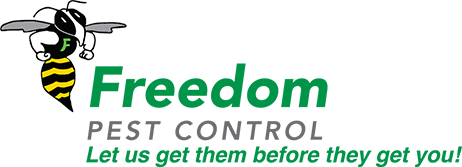As members of the order Rodentia, rodents constitute the largest single category of mammals, found in over 2,000 various species. One common feature that rodents share is front teeth that continually grow, called incisors. Rodents also are among the most common types of pests that invade homes and businesses seeking sources of food, water, or shelter. As known carriers of diseases that often create property damage, those in the pest control industry generally spend a considerable amount of time combating rodents.
Flying squirrels are a common pest that belongs to the family Sciuridae and often live near humans in residential areas, particularly in tree-lined neighborhoods. As a somewhat smaller rodent, squirrels use their excellent climbing ability as they forage for food and avoid predators such as coyotes, foxes, birds of prey, and domestic cats. They are usually most problematic as winter approaches when these pests might burrow into areas of a home.
As their name suggests, flying squirrels are even more adept at finding their way into homes using their unique gliding ability. This ability makes them a particularly difficult pest for homeowners to prevent, as they are keenly adept at getting to the roofline of homes they find and from there into the attic.
Have flying squirrels found their way into your home? A Merrimac pest control professional knows the habits and behaviors of the most common types of rodents in this region and will apply this knowledge to quickly get rid of rodents.

What Do Flying Squirrels Look Like?
As a type of small tree squirrel, flying squirrels (Glaucomys sabrinus) have a flexible fold of skin that spans the distance between their front and rear legs that appears "wing-like." In reality, these pests are incapable of flight; however, they are seen gliding between branches or other objects. Flying squirrels have a body length that ranges from roughly five to six inches and a bushy tail measuring approximately three to four inches long.
Flying squirrels have fur that may appear in shades of grey, brown, or white. In the U.S., flying squirrels exist in most of the eastern regions as well as parts of Alaska, Utah, and California. Although not usually associated with transmitting disease, flying squirrels may create property damage.
Do Flying Squirrels Damage Property?
One of the reasons why choosing professional wildlife control is important stems from the potentially destructive nature of these types of pests. Squirrels will contaminate surfaces and materials such as insulation with their excrement and gnaw through household wiring and other objects inside a home.
Five Natural Ways To Deter Flying Squirrels
Are you a Merrimac-area homeowner wondering how to prevent a flying squirrel intrusion? The majority of those who experience prolonged success in preventing these pests apply several best practices that involve implementing exclusionary measures and performing regular maintenance. Consider the following five natural methods for deterring squirrels:
- Keep tree branches trimmed away from the home's exterior, as squirrels use them to access a house's roof and other upper areas.
- Exterior vents and chimneys should remain covered with a durable cap or covering that will prevent entry.
- Regularly inspect the property's exterior, particularly around the upper area of the structure, for any damage that needs repairs, such as the flashing between the roof and chimney, shingles, and soffits or fascia.
- Promptly repair or replace window screens that develop tears or holes.
- Some property owners have some moderate success using repellants such as mothballs, the urine of predators, or ammonia.
Property owners that successfully prevent squirrel intrusions typically adopt a proactive approach that involves implementing exclusionary measures and diligent exterior maintenance practices.
Complete Wildlife Pest Control Services In Merrimac
Local property owners who need professional home pest control for squirrels can rely on Freedom Pest Control for dependable solutions. Our team understands the best squirrel pest control methods based on the nature and extent of the problem. Contact us today regarding an inspection.

